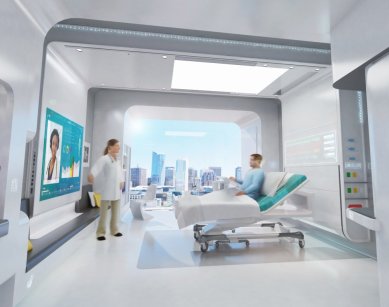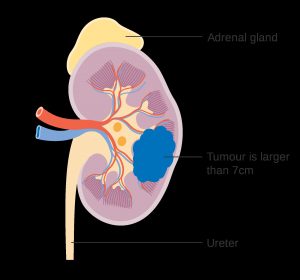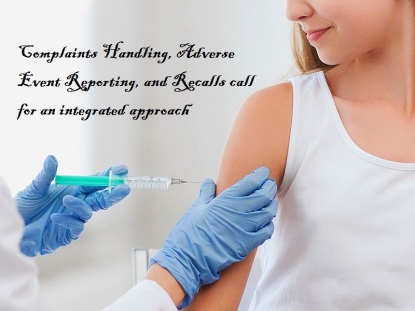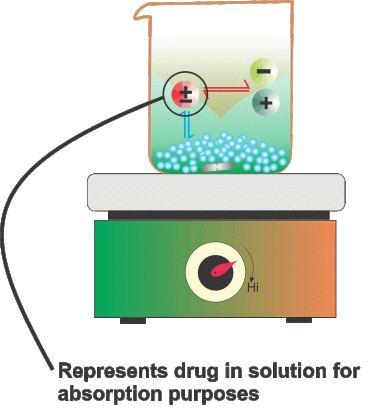IT’S A NO BRAINER! Action needed to stop children being exposed to chemicals that harm their brain development!

The impacts – which may include ADHD and lower IQ – are avoidable and can prevent children reaching their full potential says CHEM Trust, in No Brainer: The impact of chemicals on children’s brain development: a cause for concern and a need for action.
Researchers have shown that many thousands of people have been exposed to now largely-banned chemicals such as lead and PCBs at high enough levels to have harmed their brain function. Now there is growing concern about the impacts of exposures to many of the ‘new’ chemicals in our 21st century lifestyles.
Chemicals of concern include brominated flame retardants (BFRs), a group of chemicals added to furniture, electronics and building materials, per- and poly- fluorocarbons (PFCs), used for non-stick coatings or breathable coatings in everyday products including packaging and clothes. Some chemicals in these groups are being phased out, but similar chemicals remain in everyday use.
The study also points out the unpleasant reality that children are constantly exposed to a cocktail of chemicals, which can act together, something which is still largely ignored by chemical safety laws.
CHEM Trust proposes a range of policies that could help address this challenge, for example faster regulatory action on groups of similar chemicals, and development of new methods for identifying chemicals of concern. They also include advice for consumers on how to reduce their exposure.
Dr Michael Warhurst, Executive Director of CHEM Trust, said:
“The brain development of future generations is at stake. We need EU regulators to phase out groups of chemicals of concern, rather than slowly restricting one chemical at a time. We cannot continue to gamble with our children’s health.”The report has been peer reviewed by two eminent scientists in the field, Professor Philippe Grandjean and Professor Barbara Demeneix.
Prof Barbara Demeneix (Laboratory of Evolution of Endocrine Regulations, CNRS, Paris) said:
“Chemical exposure is now at unprecedented levels, is multiple, ubiquitous, and present from conception onwards”Prof. Philippe Grandjean (Department of Environmental Medicine, University of Southern Denmark), added:
“The current generation has the responsibility to safeguard the brains of the future”
“I would insist that the Precautionary Principle must be applied in order to protect the next generation’s brains.”
Read More: http://snip.ly/maoou#http://www.chemtrust.org/brain/
Labels: brain




























